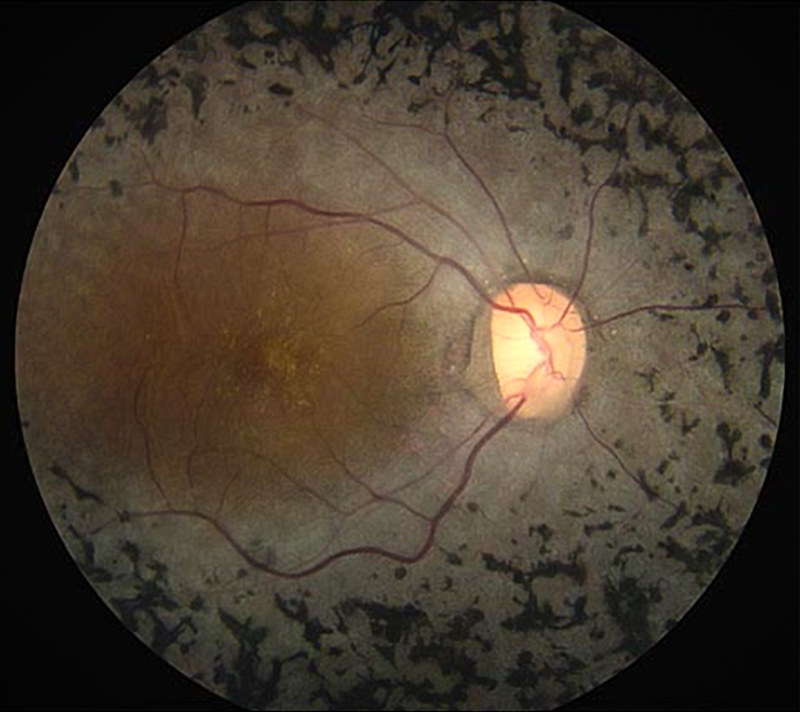Retinitis Pigmentosa is a genetic disorder that causes severe vision loss. The tunnel vision and narrow sight progressively damage the retina and as the condition progresses, daily life becomes more and more of a challenge. This condition affects over one million people worldwide and causes inherited blindness in 1 out of every 4,000 people. But what if this condition could be cured using gene editing?
Retinitis Pigmentosa is the progressive deterioration of photoreceptor cells that line the back of the eye and convert light into electrical impulses that are sent to the brain. The condition is caused by genetic mutations and it can be hereditary. At least 100 genes are associated with the disease, one being phosphodiesterase 6b. This protein-coding gene is a huge part of the phototransduction pathway as it converts light into an electrical signal that the brain interprets as vision. The mutation affects the cone photoreceptor cells and the loss of these cells leads to the irreversible deterioration of vision.
CRISPR (Clustered Regularly Interspaced Short Palindromic Repeats) is gene editing technology that targets specific DNA sequences. It uses specialized cellular machinery to make precise cuts in the DNA strand which allows the removal of mutated genes, replacing them when non-mutated ones.
A study in China used CRISPR gene editing to restore the vision of mice with retinitis pigmentosa. The researchers used PESpRY to correct the mutation in the PDE6b gene through precise edits while not being limited by PAM interferences. This corrected the activity of the gene in the retinas of the mice, while also preventing the death of the cone photoreceptors and restoring their electrical responses to light. Tests proved the mice sustained good vision into old age and the photoreceptors were preserved.
This relates to what we have learned in AP Bio because of the relation to gene expression and genetic disorders. Gene expression is the process where DNA sequences are transcribed into messenger RNA and then translated into a protein. This process is tightly regulated but can be influenced by genetic mutations, such as retinitis pigmentosa. In this case, scientists are able to manipulate the DNA to fix specific genetic mutations which highlights the importance of understanding genetic mechanisms.
The use of CRISPR gene editing is a promising approach for treating genetic diseases in the retina, and with more testing could be used for humans as well. So, would you try this out if it could help fix your vision?




Leave a Reply